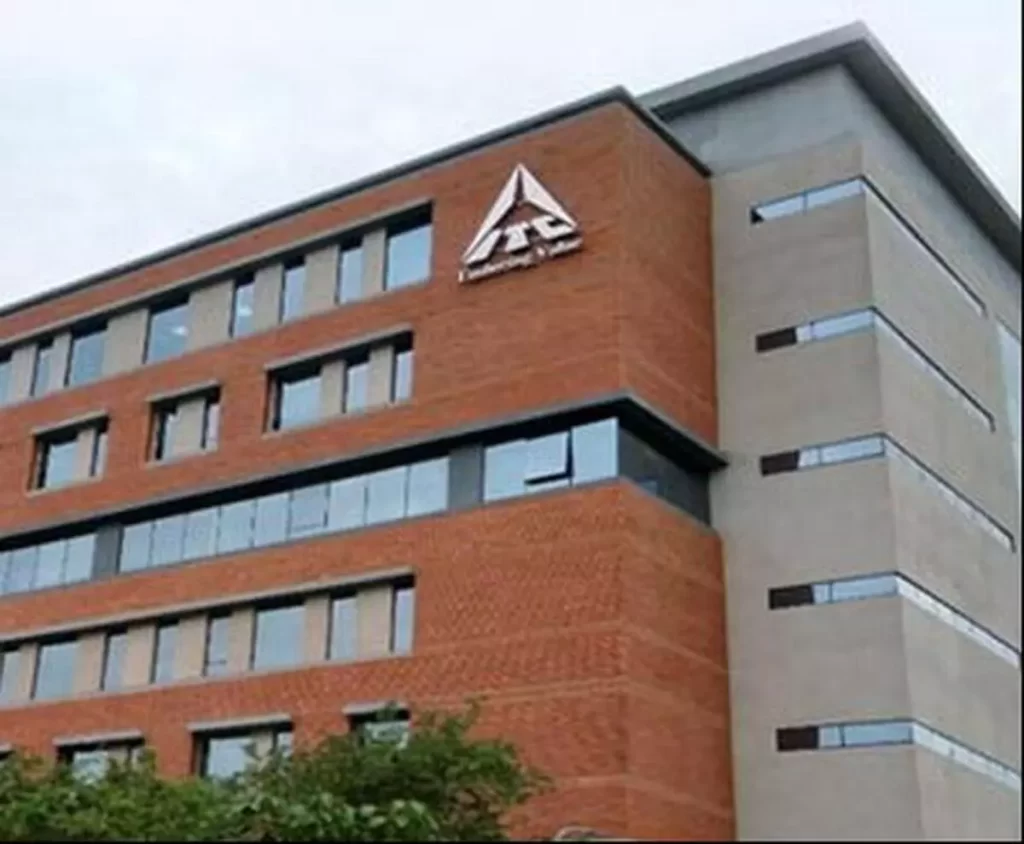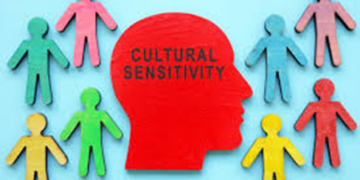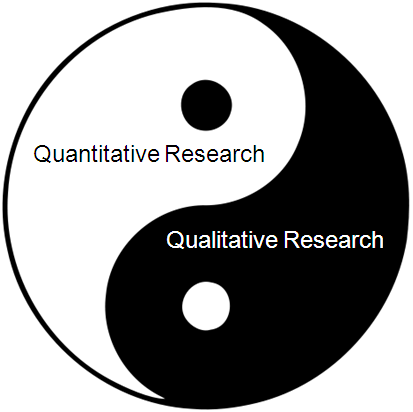
Green HRM refers to any efforts by the human resources department within the organization to raise awareness towards environmental management and ensure that the employees contribute towards making their organization sustainable through green practices. The concept of Green HRM is coined by Amit Sahay – Founder & CEO – GreenHRM Solutions.
Green CSR can reduce business risk, improve reputation and provide opportunities for cost savings in organizations. Even the simplest energy efficiency measures can generate savings and make a difference to a business. For example: switching off lights and equipment when not in use, using automated water taps in pantry and washrooms.
Corporate Social Responsibility (CSR) has recently raised awareness among researchers, policymakers and corporations about importance of green initiatives. Companies not only manage the interest of employees and shareholders but are also responsible for the social and environmental interests in their operations. The CSR concept includes effective and incorporated business model that meets the demands of stakeholders, shareholders, social needs, environmental production and economic benefits. CSR reflects the optional actions of firms toward social and environmental interests.
Marine protection, health and wellness, hygiene, disaster relief, and sanitation are other priorities. TCS’ corporate social responsibility initiatives which are aimed at achieving sustainable growth. They include efforts towards green buildings and a green supply chain. Green supply chain includes product design, materials sourcing, manufacturing, logistics, and end-of-life product management. TCS optimizes water consumption through conservation, sewage treatment and reuse of grey water (refers to domestic wastewater generated in households or office buildings from streams without faecal contamination), and rainwater harvesting. The company aspires to recycle 100% of their biodegradable waste by 2025 and eliminate single-use plastics from their campuses.
Environmental CSR strategies and ecologically friendly processes directly influence corporate performance and image. Environmental CSR not only creates new business models, and advance processes but also saves costs and adds value to services and products. Environmental CSR and green innovation use creative solutions to reduce negative environmental impacts and maximize sustainability. It involves the development of new technologies, processes, products, services or business models that are more environmentally friendly than those they replace.
Environmental CSR improves a company’s ratings which helps in stock performance, credit advantage and potential risk control. Promoting green environment practices is a triple-bottom win for organizations, government and society. A Triple Bottom Pattern is a chart formation that occurs when a security’s price tests the support level three times without failing. For instance, organizations improve their legitimacy, good performance and image in society and the government spends less on pollution of natural resources such as water and air, the society benefits from a healthy environment and green products. To further explain, green innovation increases organization’s branding and market value through customer satisfaction with green products and loyalty.
Wipro ‘Earthian’ is a nationwide initiative of Wipro Foundation to deepen the sustainability education within schools and colleges across the country. The objective is to provide exposure to multiple perspectives, develop an interconnected understanding of different disciplines in education and life. The Wipro earthian program for schools is made interesting for the young minds to grasp the importance of healthy planet, within the students’ peer group and the world around them. There are three thematic areas to explore: biodiversity, water and waste. Student groups can select any of the three themes and work on it. ‘Paryavaran Mitra’ is a nationwide initiative by Centre for Environment Education (CEE) to create a network of young leaders from schools across the country, with the awareness, knowledge, commitment and potential to meet the challenges of environmental sustainability in their own spheres of influence. It envisages schools providing learning spaces and opportunities to students that promote exploration, discovery, thinking and action around environmental sustainability.

Green Human Resources Management (GHRM) can be defined as a set of policies, practices, and systems that stimulate the green behavior of a company’s employees to create an environmentally sensitive, resource-efficient, and socially responsible organization.
The ITC Green Centre is a LEED Platinum (leadership in energy and environment design) rated project which has been awarded “Facade Project of the year 2017” by Zak Awards for Excellence in Façade & Fenestration (fenestration refers to the openings in a building’s facade, such as doors, skylights, and windows). The building has Excellent Visibility from Banaswadi Main Road in Bengaluru. The building comprises of two towers with a total built up area of 23 lakhs square feet. The East-West orientation of the 202-metre-long building, besides the use of high performance, low reflectivity glass and extensive solar shading, enables energy saving of over 34 percent.
The 30,000 sq. ft. area houses a staggering 60 offices and shared services such as concierge and lobby, Guest lounge, Cafe, washrooms, Co-Working area, Telephone booths, Meeting Spaces and an on-site fitness lounge. The beautiful centre boasts of running/ walking track for health freaks and Segway move for millennials.
ITC’s Learning and Development initiatives are geared to ‘Build ITC’s talent and leadership pipeline to power our engines of growth and enhance organisational capability to compete, win in the marketplace and create enduring value for our stakeholders.
In HRM green initiatives include learning and development initiatives which are inclusive of customised programmes to address the needs expressed by businesses, aimed at building specific capabilities at various levels of the organisation. Business Heads and HR teams work closely in implementing the initiatives for Learning and Development. Employee training at the factory level is undertaken after assessment of skill gaps or after evaluation of emergent technology or skill needs. The process is proactive and well-structured.
Globally many organizations have integrated environmental objectives into performance appraisals, offering incentives for sustainable commuting, and promoting energy conservation and waste reduction in the workplace. It helps eliminate ecological waste and makes the best use of refurbished goods, equipment and techniques. It aims to increase workers’ engagement in a work environment that allows the company to function in an environmentally friendly manner.
The five pillars of the Green Development Pact, under India’s G20 Presidency, are envisaged to include: Lifestyle of Environment (LiFE), Circular Economy, Climate Finance, Accelerating Progress on SDGs (sustainable development goal) and Energy Transitions & Energy Security.
Many organizations have ensured communications are environmentally friendly and sustainable by going paperless. This involves utilising electronic communications such as employing the use of an intranet, instead of flyers for internal communication. Also creating an email newsletter to communicate with contractors or clients, instead of sending them direct mail. Or even utilising technology when conducting training sessions, instead of printing materials.
Organizations further their commitment by hiring like-minded, environmentally focussed people. Businesses are also beginning to incorporate green job descriptions with environmental aspects in their recruitment process and providing ‘Green information packs’ in their induction process. Furthermore, being perceived as a green employer is also attractive to candidates and can assist your business in securing top talent.
As Employee Relation focuses on developing a strong, positive employer-employee relationship, green practices are further reinforcing the practice. Some companies are asking green suggestions from employees, whereby any employee can advise the organisation on ways to be more environmentally friendly. Or even giving employees freedom to experiment with different green initiatives.
Many firms like Wipro Ltd, and ACG Associated Capsules Pvt. Ltd, Tata Consultancy Services (TCS), and NTT DATA Business Solutions, ITC recognise that employees wish to continue their sustainability efforts outside of their working lives and consider how they can be more ‘eco-conscious’ in their personal lives, especially in terms of consumption. These and many other organisations support their employees paid time off to volunteer or attend conservation conferences, or simply by providing them with resources to assist their ‘Green lifestyle’ outside of work.
Conclusion: Recognizing importance of green HRM and green CSR is need of the hour for regenerative and more sustainable planet. Organizations must not concentrate only on profits by ignoring people and the planet, if organizations ignore the green initiatives, they will not be able to account for the full cost of doing business and thus will not succeed in long run.














































